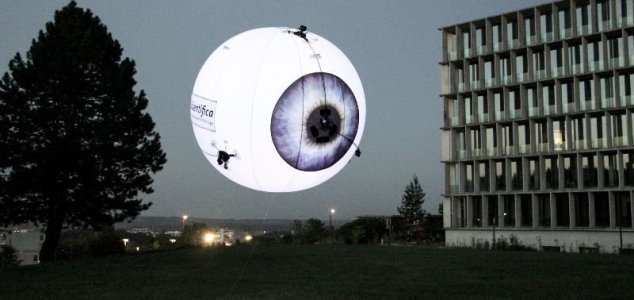Background
Can Florida community associations prohibit drone use? What can a community association do to minimize legal liability if it decides to prohibit or permit drones? Drone usage is only going to increase over time. Acting now to intelligently regulate usage is the best way to safeguard members and increase property values. Following are some pointers to get your community association started in the right direction and ahead of the curve.
In 2015, the Florida legislature passed the “Freedom from Unwanted Surveillance Act” (“Act”). Located at Section 934.50 of the Florida Statutes, the Act limits the use of drones by governmental and private entities. The Act prohibits operating a drone with a camera to record privately owned real property or the occupant of that property in violation of that person’s reasonable expectation of privacy. If a person cannot be seen on a property by anyone at ground level, a reasonable expectation of privacy exists.
The Act exempts the use of drone cameras by a person who is in a profession licensed by the state, to perform reasonable tasks within the scope of practice or activities permitted under that person’s license. Theoretically, a licensed community association manager could use a drone camera to check for violations within the community. Also exempted are “cargo delivery drones” if the drone and its operator are in compliance with the Federal Aviation Administration (“FAA”) regulations. For recreational drones, the FAA has only issued an advisory to stay below 400 feet, within the sight of the operator and away from airports.
How Can/Should Community Associations Regulate Drones?
a) Banning Drones is Not a Good Idea. As with satellite dishes and emotional support pets, outright bans imposed by community associations are often overruled. Avoid having to amend your governing documents if a legislator undertakes drones as a personal cause by using reasonable Rules to regulate drone use in your community association.
b) Prohibit Landing Drones on Common Areas (homeowner associations only). Owners should be prohibited from directing commercial delivery drones to land on a common area. Otherwise, the Association can be subject to liability if a drone related accident occurs. Malfunctioning drones crashing, packages dropped on people and landing on people and pets are only a few of the possible drone safety hazards.
c) Common Area Landing Site (Condos Only). Due to limited space within condominium associations and the nature of high-rise buildings, condominium owners are unable to direct drones to land on their own property. Instead of having a condominium unit owner place himself and others in danger by trying to land a drone on his/her patio or balcony, consider establishing a common area landing site. Safeguarding the site with warning signs and a fence, far away from a crowded space, could minimize potential safety hazards of wandering owners. Considering the time and effort it takes to alter a common area, the sooner a condominium association begins the process, the better off it will be.
d) Restrict Delivery Times. As with land based parcel deliveries, associations should pass Rules that limiting drone delivery times. Permissible drone delivery times should be during the day at times when most residents are at work or away from their homes. Due to noise concerns consider banning drone deliveries on weekends.
e) Liability: associations should consider amending their governing documents to limit the association’s liability for damages to persons or property relating to drone deliveries. The act of ordering a drone delivery should be considered the conduct that signifies the owner’s agreement to indemnify the association for damages to persons or property related to his/her drone delivery.
Stay one-step ahead of new legislation, recent case law and new developments that impact your community association by subscribing to the Gerstin & Associates Community Association Newsletter. Please complete and fax the following to: (561) 750-8185 (no cover page needed).
Name: ____________________________ Association name: _____________________
Position at the association (director, property manager, etc.) _____________________
Email address: ______________________ Telephone number: __________________

